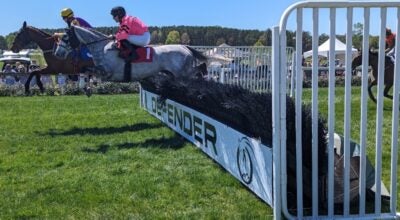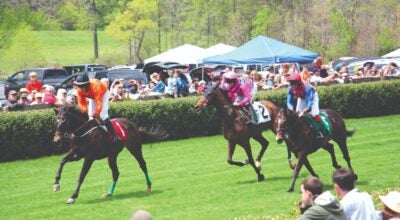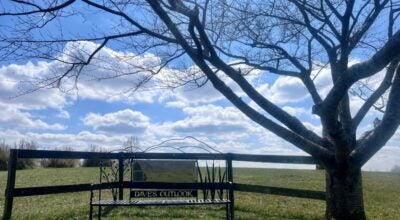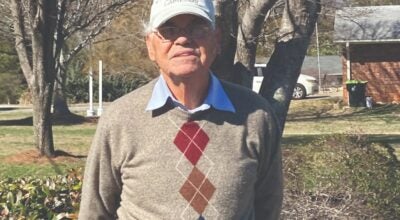Beth Perkins: International event rider
Published 12:42 pm Tuesday, May 5, 2009
Beth Perkins&39; father had been a cowboy out west after serving in the Navy. At one point their farm, Huntington Farm, had five stallions standing.
Perkins grew up around horses and was always active in pony club and showed junior jumpers as well as ponies and did the equitation classes, too. She broke and trained young horses as well as competing her own horses. Her sister, Bea di Grazia, also rode for the U.S. team, and her family&squo;s involvement with eventing grew to a national and international scale.
Perkins trained at Gladstone, N.J., for one year before Jack Le-
Goff, the captain of the U.S. Olympic team, moved the eventing horses and riders to Hamilton, Mass. While at Gladstone, Perkins received lessons and training from Bert De-
Nemothy as well as riding several horses a day with Jack LeGoff.
&uot;We had one set that was ridden the entire time without stirrups, whether we were doing flat work or jumping. It was intense training and riding for three years every single day. We did get a month or two off in the fall and during Christmas,&dquo; said Perkins.
Perkins competed in the World Championships in 1978 and was sixth individually. She rode on the Gold Medal Team in 1975 and was short listed for the Montreal Games in 1976.
Afterwards, Perkins returned to college and worked at the nearby track galloping horses for about a year. She also worked at farms galloping horses near Unionville, Pa., and Monkton, Md. Coming home to New England, Perkins put in two years of study at Boston University and still kept riding and competing. Finishing her education at the University of Vermont, she attended Warren Wilson College in Swannanoa, N.C., where she received her masters in fine arts and writing.
Perkins say the biggest influence in her riding career has been Lars Sederholm. Perkins was a working student for him in England after she finished high school.
&dquo;He was a true horseman who listened to and read a horse very well. He gave me the beginnings of a dressage education and helped me so much with cross country riding. He had a flair for both. Soderholm worked on developing my seat. The show jumping phase of eventing was a bit of a problem for me then, but I got better at it. Anne Kursinski help me a lot and she taught me how to control my horse&squo;s body without using my hands. Kursinski gave me exercises to do which I still use today. Race riding from point to point helped me ride with speed, and there is nothing that can replace this phase especially when riding over timber,&dquo; said Perkins.
&dquo;I&squo;ve had so many dressage teachers who have helped and influenced my riding over the years. I work with Jodi Lees from River&squo;s Edge Farms in Campobello, and she keeps me on a disciplined and straight and narrow path. Amy Barrington helps me with jumping and has influenced my riding in the past several years. I took a few clinics with Mike Hennegan from Chicago. He teaches once or twice a year at Steve Loheac&squo;s barn in Green Creek,&dquo; says Perkins.
Perkins says she feels that the true art of horsemanship is bringing out the best in every horse and rider that comes to you.





